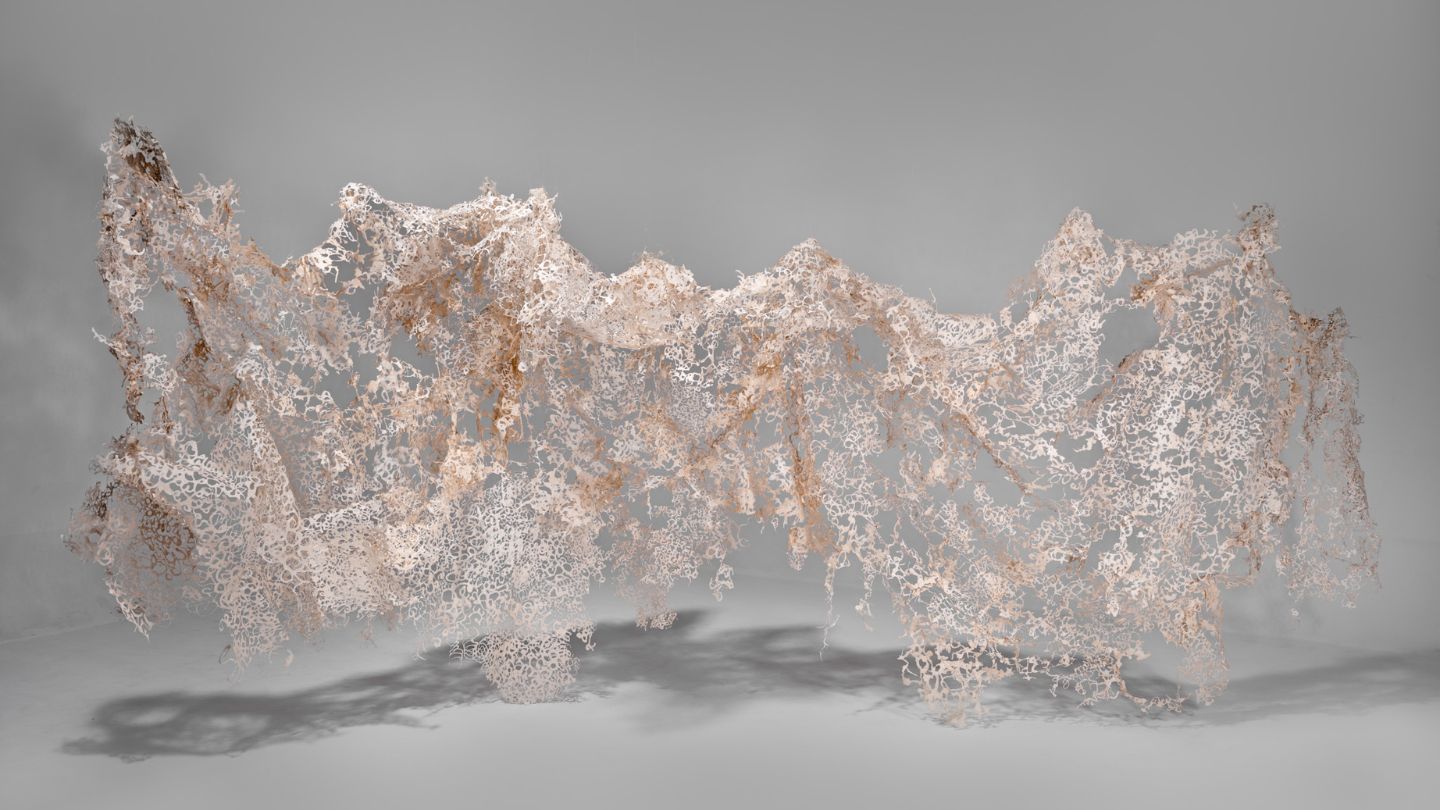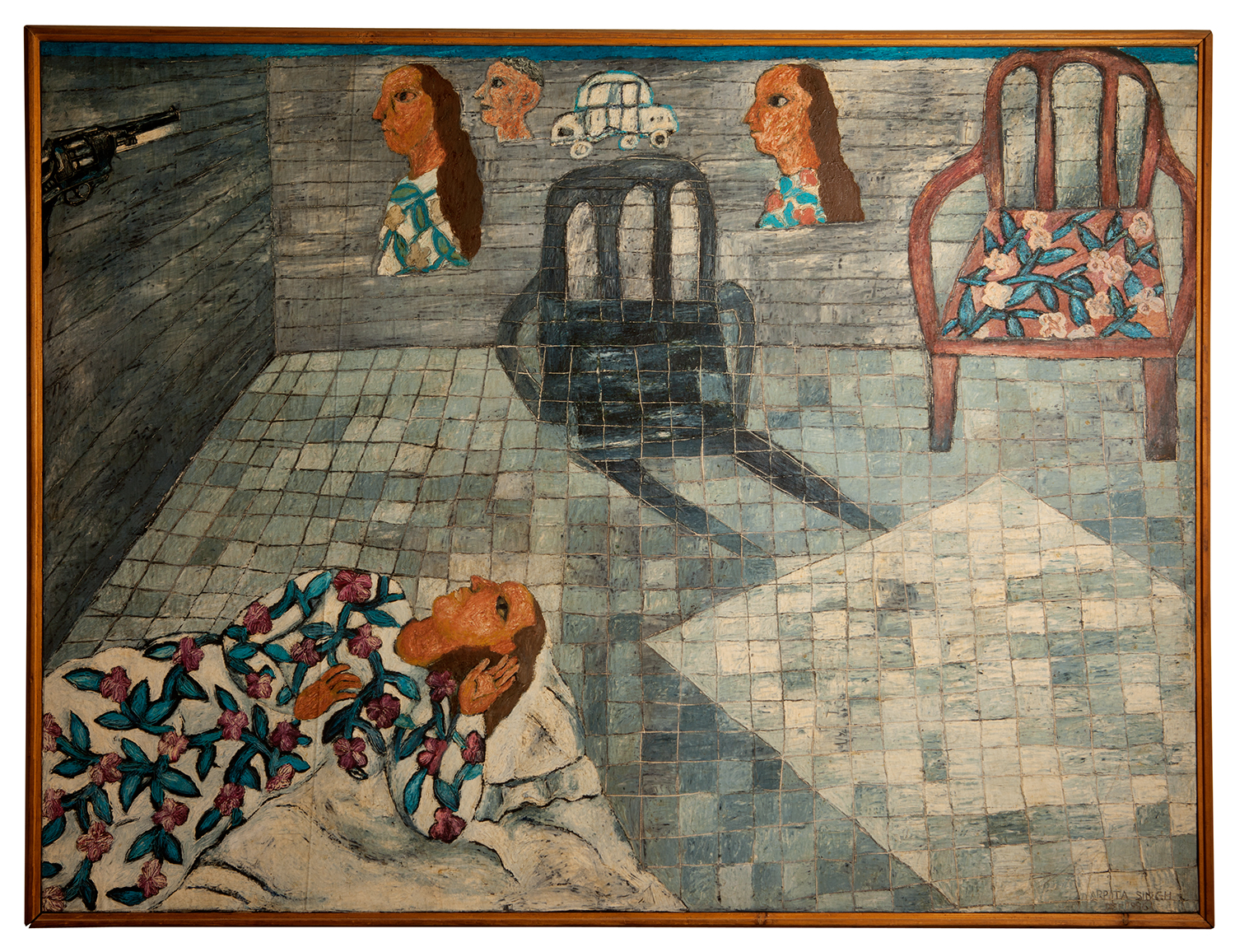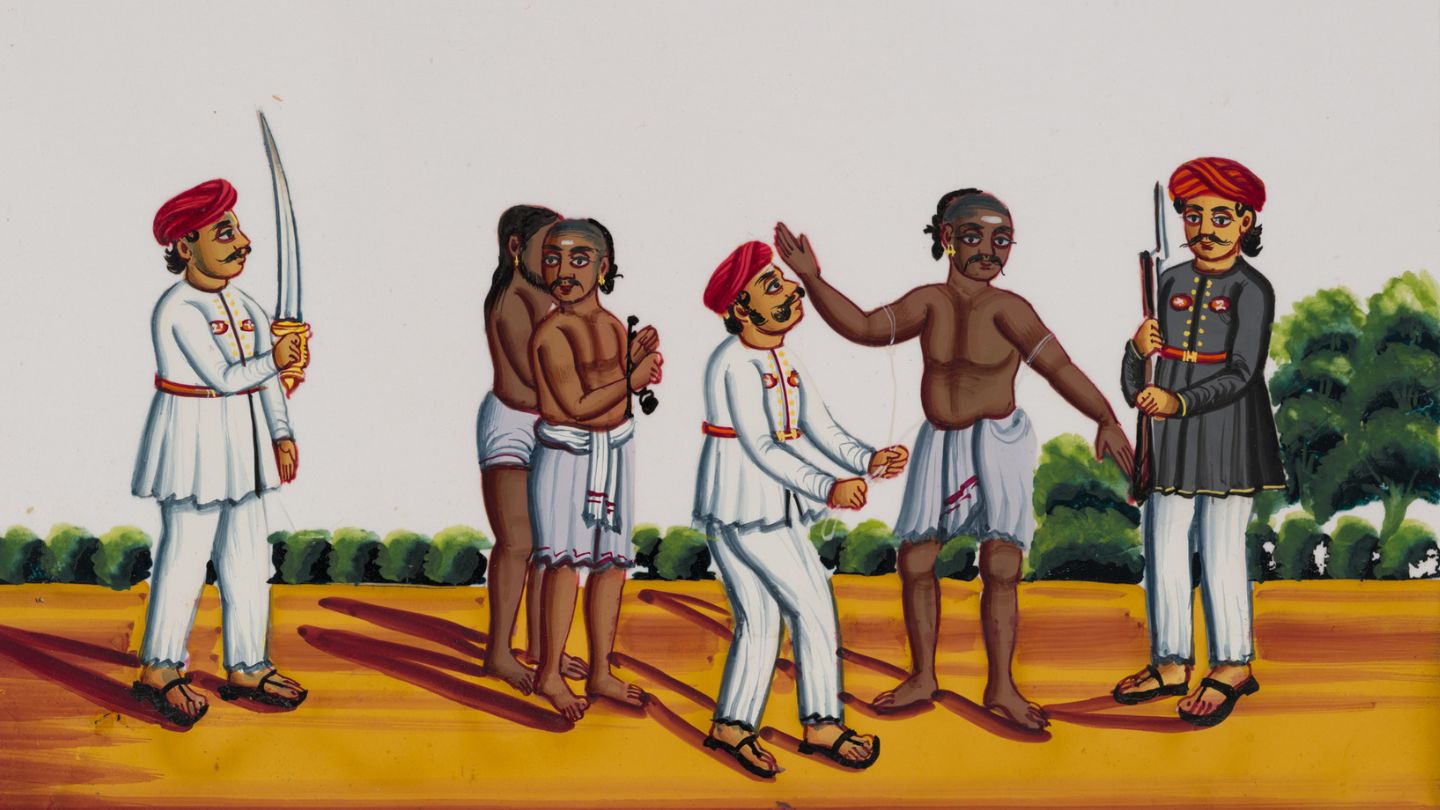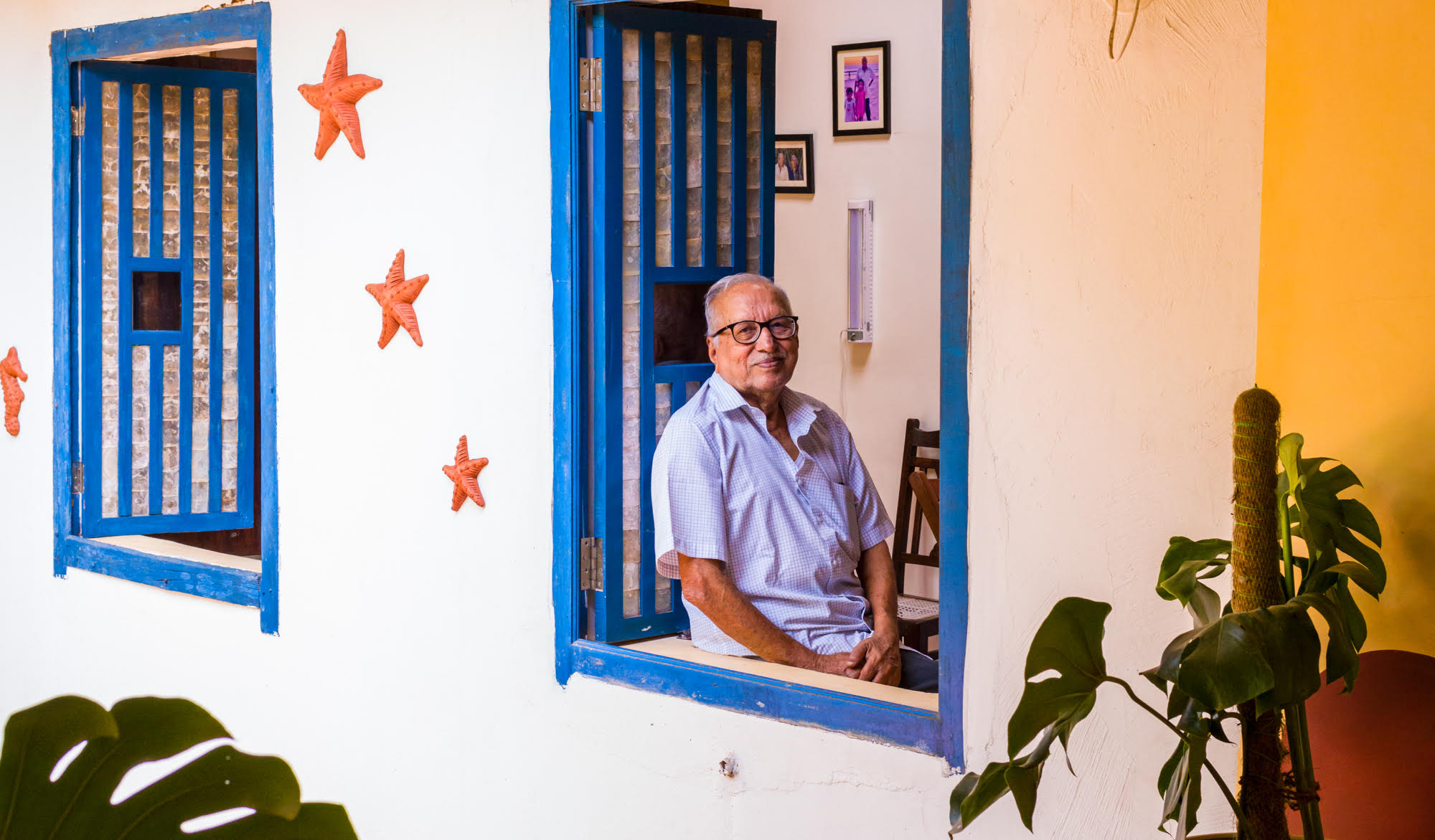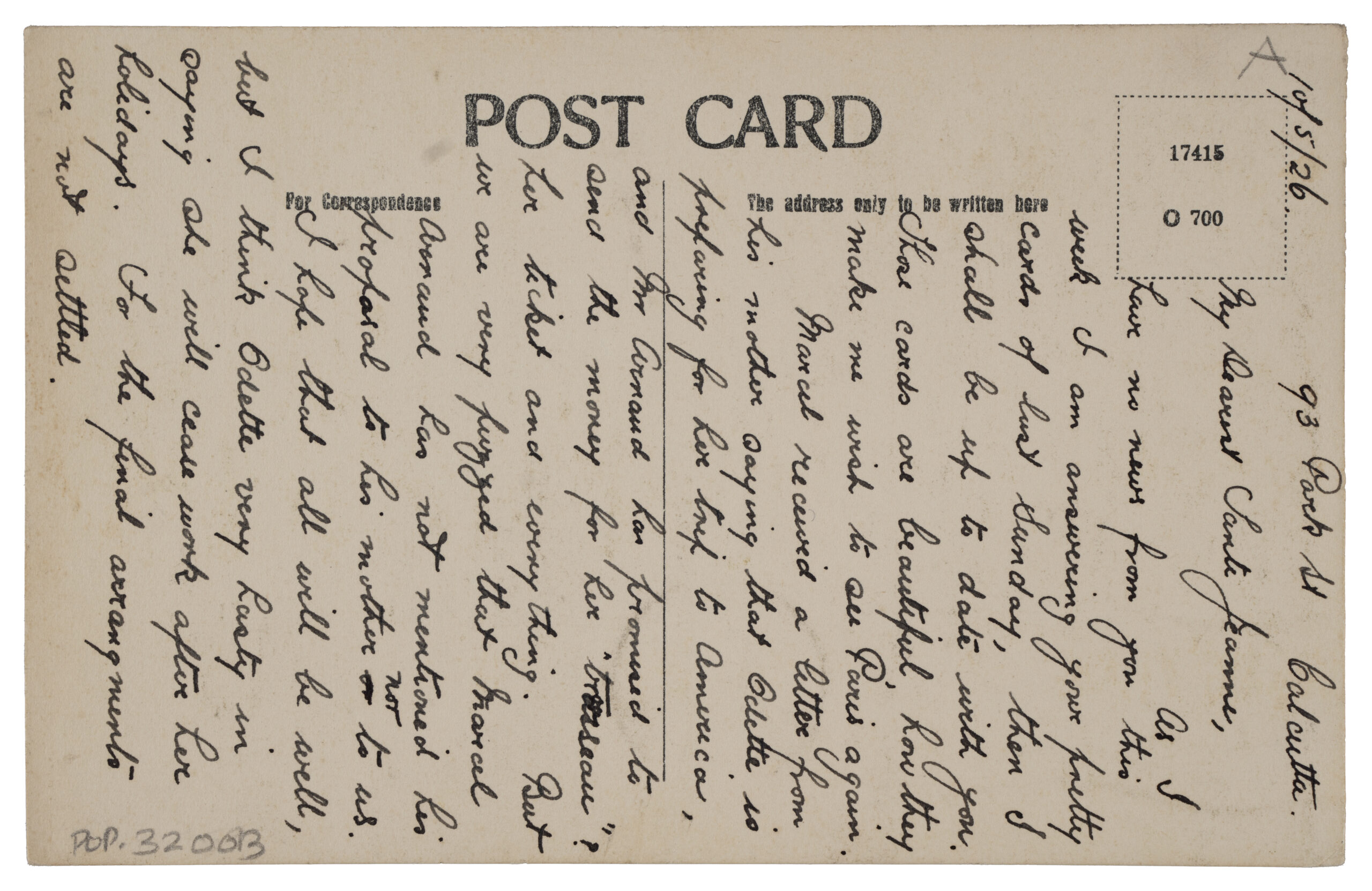Blogs
The Journey of Thumri
Abhilasha Ojha
Women performers, many of them lost in the pages of history, have been at the forefront of preserving the legacy of thumri, one of Indian music’s most important – and misunderstood – genres.
In her extensive essay on the genre of thumri, author and Hindustani classical vocalist Vidya Rao writes about women dealing with “limited spaces” because of patriarchal order. Titled ‘Thumri as Feminine Voice’ (Economic and Political Weekly, Vol. 25; April 28, 1990), Rao’s paper explores how, then, one of the “dignified, creative encounters” for women to explore their freedom is through thumri, a genre that she defines as “the feminine voice in Indian music”. As opposed to, say, dhrupad and khyal genres, thumri (derived from the Hindi word ‘thumakna; having a dancing step in one’s movement’) was “relentlessly questioning the established and accepted structures of music”, informs Rao in her essay. At the same time, however, it is a tough genre to master, requiring one to have a thorough understanding of ragas, proficiency in khyal gayaki, tremendous riyaaz besides mizaaj or emotion, without which thumri is dead.
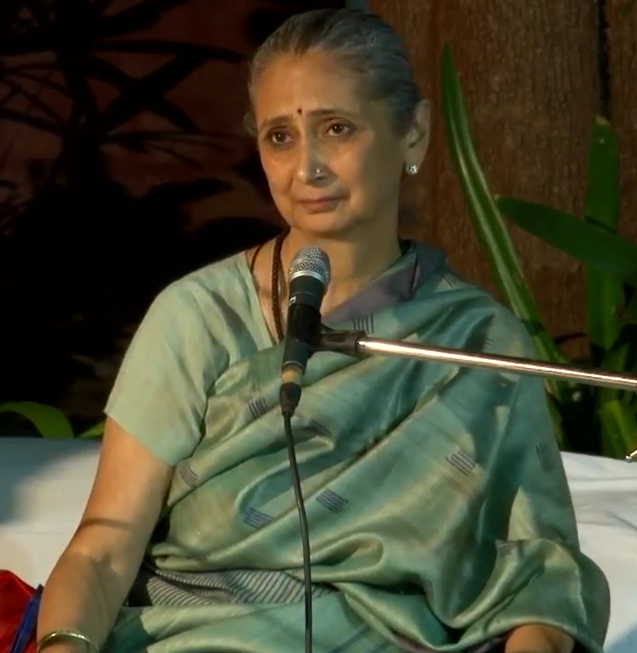
Indian classical singer Vidya Rao, Image credit: Wikimedia Commons
The genre, often defined as ‘Of Women, By Men’ by experts (given that men trained women disciples in the genre and even wrote most of the text in Awadhi and Braj that was romantic, sensual, devotional in nature) has its roots in the desi or regional / folk music of the purab (UP and Bihar) region. Peter Manuel’s paper, ‘The Evolution of Thumri,’ (Ethnomusicology, Vol. 30; 1986) traces the ancestry of thumri in early classical treatises, emphasising that it was resurrected under the regime of Wajid Ali Shah, the eleventh and last king of Awadh. A patron of the arts, it was in Shah’s royal court and other salons of Lucknow, Awadh’s capital, that thumri flourished. The king, himself a trained musician and composer, wrote and composed several thumris under his pen name, Akhtarpiya, including the very popular ‘babul mora naihar chutoh jaye’, which was based on the theme of displacement and separation. Additionally, he popularised the dance form of kathak, which, when performed with dadra, kajri, thumri, ghazal, infused rasa (aesthetic) and bhava (emotion) in these semi-classical musical genres.
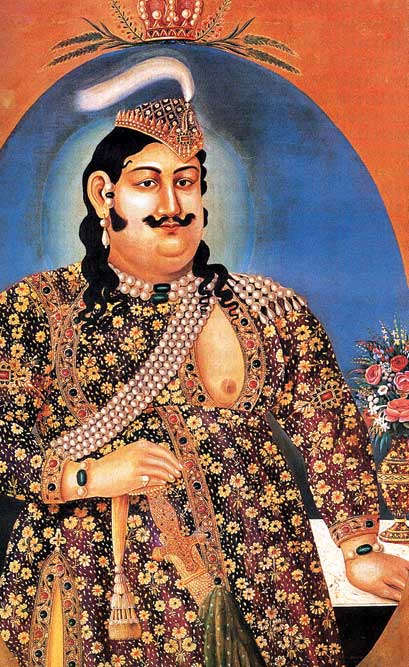
Wajid Ali Shah, the last ruler of Awadh
Manuel notes that it was during Shah’s regime that the “courtesan culture… was at its zenith of prestige and influence; prominent courtesan singers were… considered so polished [trained as they were in arts, literature, philosophy, politics, weaponry] that nobles would send their sons to them to learn manners and conversation skills”. The gradual decline of Delhi’s Mughal empire, the parallel growth of Lucknow as a cultural hub, the rise of feudal aristocracy that found thumri more accessible than, say, dhrupad or khyal gayaki, led to the growth of the genre in the nineteenth century.
Even as the social-economical factors led to Lucknow’s thumri (or bandish ki thumri) gaining “prestige and renown” as Manuel explains in his paper, it was the Awadh king’s banishment to Calcutta, which led to thumri’s growth. Exponents of the genre who performed in Wajid Ali Shah’s court later moved to places such as Kanpur, various parts of Bihar, and Benaras (where the style of bol banao thumri evolved), thus contributing to its growth. But despite thumri’s roots getting wider, women performers, by the late nineteenth century and early twentieth century, began languishing with lack of royal patronage, zero access to salons, and a certain ‘renaissance’ that relegated them to the margins of society. “Their sexuality,” writes author Saba Dewan in Tawaifnama, a fascinating multi-generational chronicle of a family of well-known tawaifs with roots in Banaras and Bhabua, “was criminalised by public laws, while their customs and norms were eroded by the imposition of personal laws.” The very kalaa or talent that ensured these matrilineal musicians to be prolific and fiercely independent – they were the only section of women to be educated, they owned lands, they were taxpayers (yes!), participated in the freedom struggle, celebrated the birth of a girl child – later forced them to remain anonymous, lost in the annals of history.
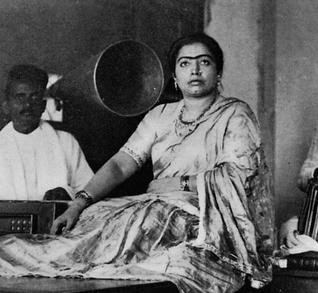
Gauhar Jan
Though the lineages of many of these women performers are lost, noted classical vocalist and author Vidya Shah, explains that these women performers ensured the documentation of Indian music. Gauhar Jan (1873-1930), proficient in various genres of singing, including thumri, was the first artiste to record a song in India in 1902 (Note: Some media reports, however, credit Shoshimukhi as India’s first recorded artiste). Jan recorded several thumris, growing immensely in popularity, encouraging others to follow suit. Her role in India’s freedom movement, collecting donations for Mahatma Gandhi, is well documented.
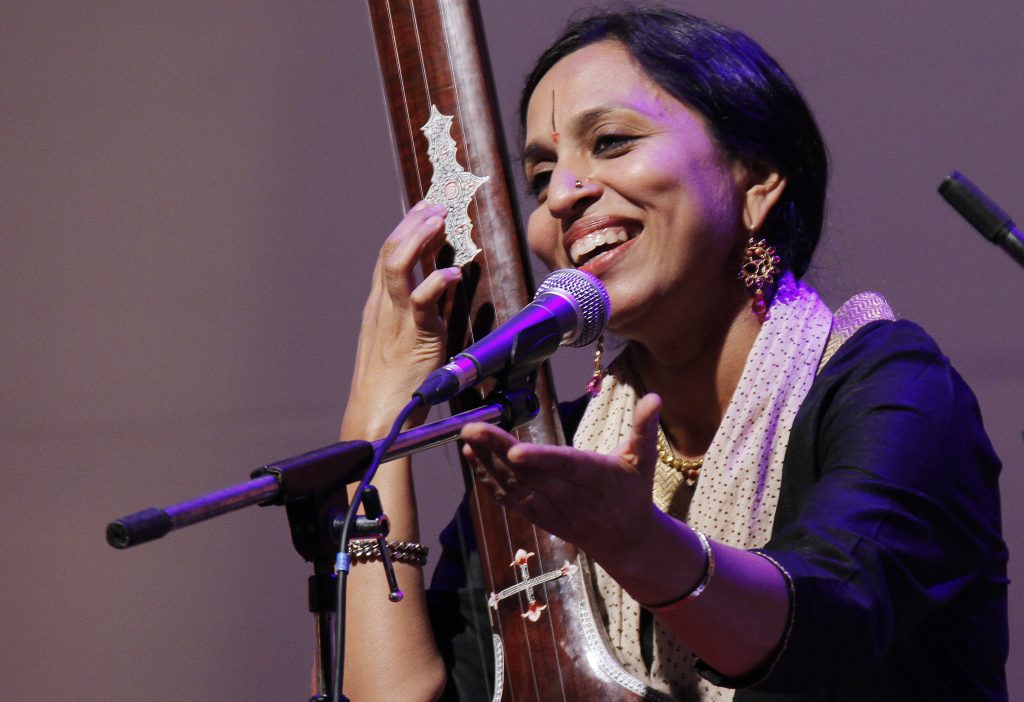
Vidya Shah performing in the ” Nirgun Naad: Songs of the Mystics” concert at Friday Review November Fest 2013, at PSG College of Arts and Science in Coimbatore , Tamil Nadu, Photo credit: K. Ananthan
Shah, in one of her lecture-demonstrations, available on YouTube, points out that if it weren’t for these women to take the first brave step of doing something so distinctively different, a massive chunk of India’s history of music would have been lost forever.
Click here to watch Vidya Shah’s performance at MAP’s festival Art is Life: SoundFrames, held from 3-5 December 2021, and learn more about the role of women performers in the development of the Thumri genre, who gave it a distinctive narrative with their craft.
Abhilasha Ojha is a former journalist who freelances for leading publications. She’s also a singer and a vocal coach.
